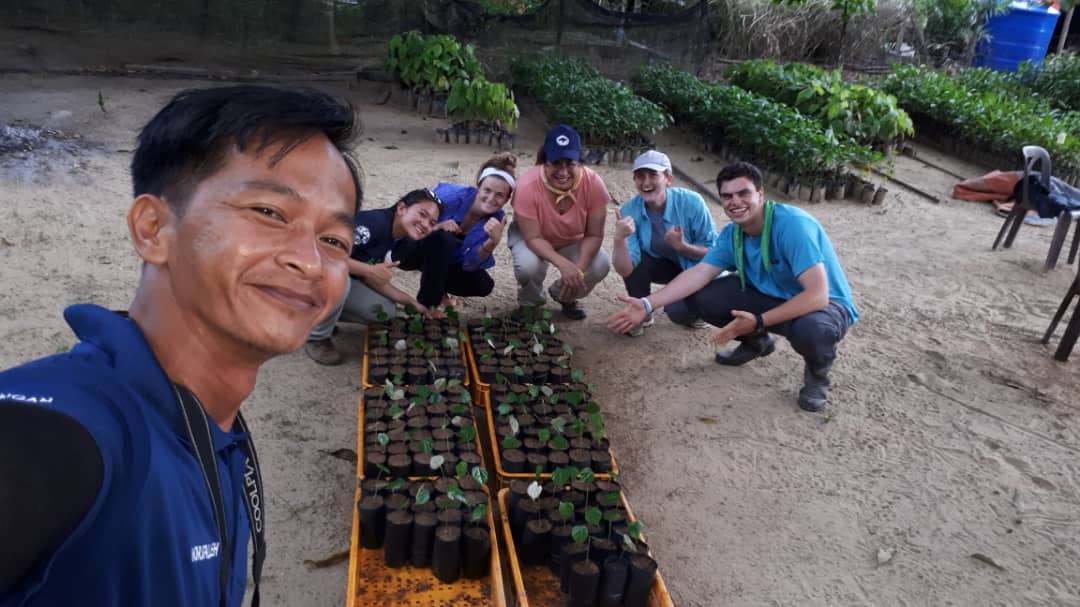Day 9: “Tree Planting Kinabatangan – Sabah’s ‘Gift to Earth’”. I saw this statement on shirts for sale at the KOPEL gift shop, and I just had to buy one! The truth is that tree planting in degraded rainforests is one of KOPEL’s biggest restoration projects in the Kinabatangan region, with about 700,000 trees planted from 1999-2015! Volunteers come from all around the world to work in the nursery, remove vines in degraded forests, and participate in tree planting at new restoration sites. Today, our class had the opportunity to work with KOPEL staff Jai and Norsalleh in the nursery, where we learned about seed gathering and germination, common species grown, and helped transplant large seedlings into plastic pots.
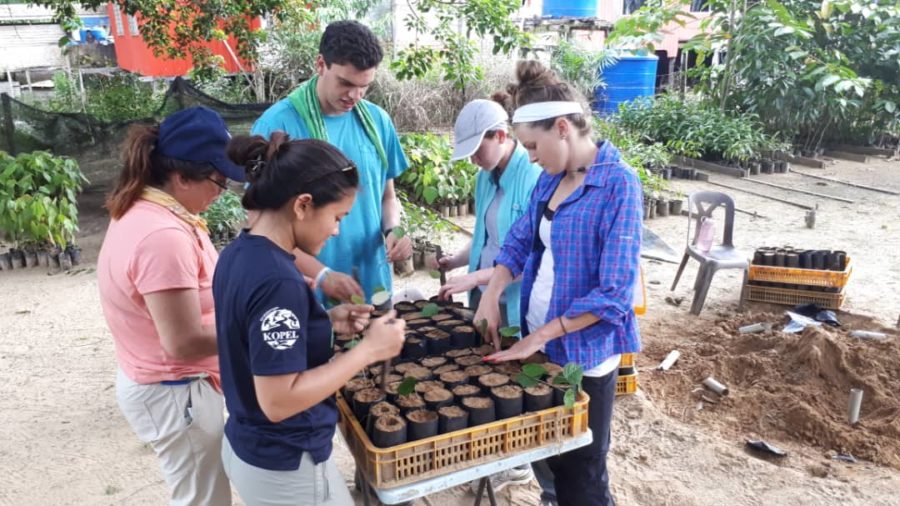
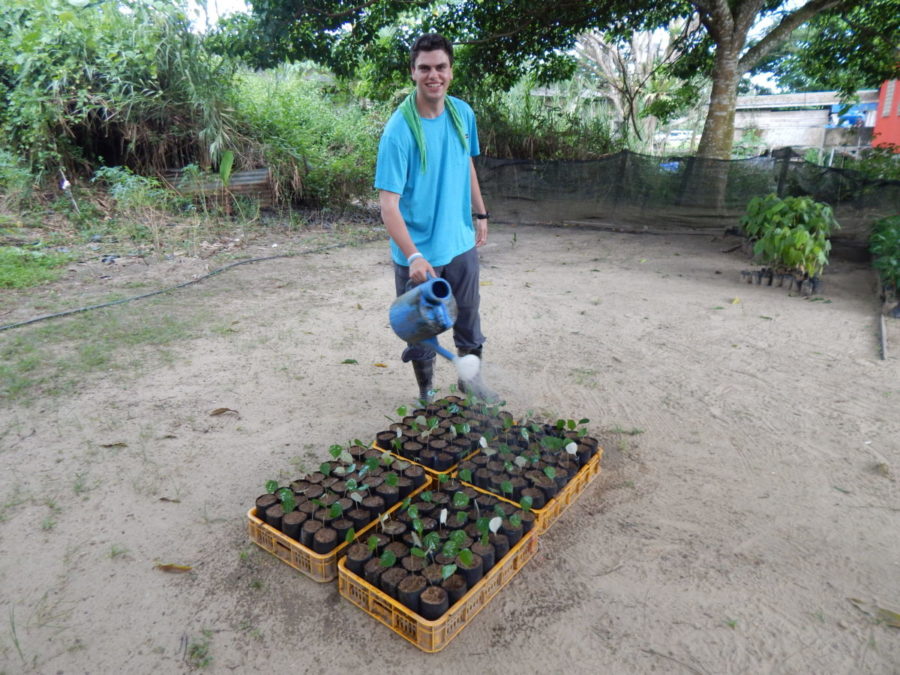
KOPEL’s nursery is located in the heart of Batu Puteh Village Cluster and provides trees for planting at restoration sites. Most of the trees are grown from seeds, which are gathered by KOPEL staff in the rainforest. In order to successfully collect seeds for particular species, KOPEL staff study masting and fruiting events as some species will fruit only once every seven years! Some examples of tree species grown in the nursery include Bongkol (Nauclea orientalis), Sepat (Mitragyna speciosa), and Fig (Ficus racemosa), which are all pioneer species that are characteristic of fast growth, soft wood, and about 40% survivorship in current restoration sites. Once collected, seeds are planted and seedlings are monitored for fungal growth and sickness. After the seedlings reach about one inch long, they are transplanted into small pots and placed under a shaded area to continue growing until ready to be planted in restoration sites.
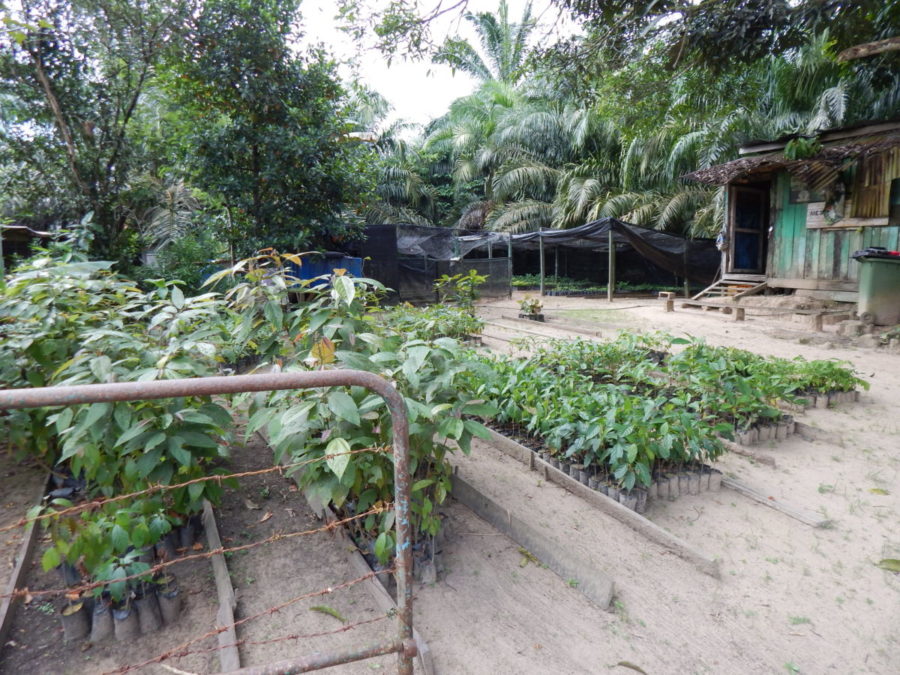
Now fast-forward to Day 15: Tree Planting! We went to a site directly across the Kinabatangan River from the Tungog Eco Camp. Since 2014, KOPEL has been planting at this site which used to be a palm oil plantation bordering the riverbank, about 1.2 km long and ranging 20-60 m wide. Before we got started, Norsalleh gave the class a quick tutorial on how to dig holes and plant trees, and Professor Gretchen Coffman showed us how to identify tree species.
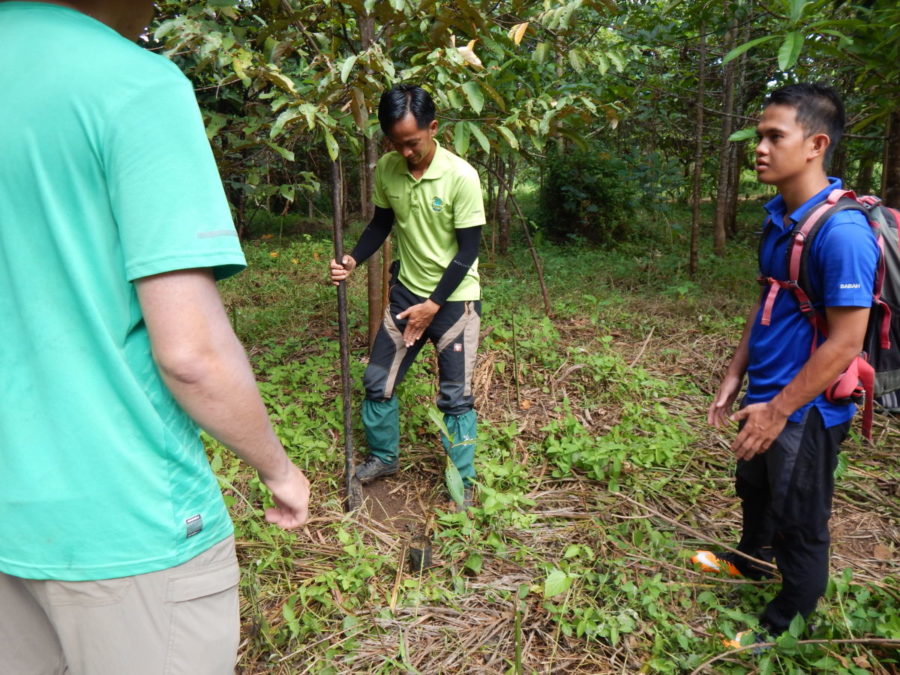
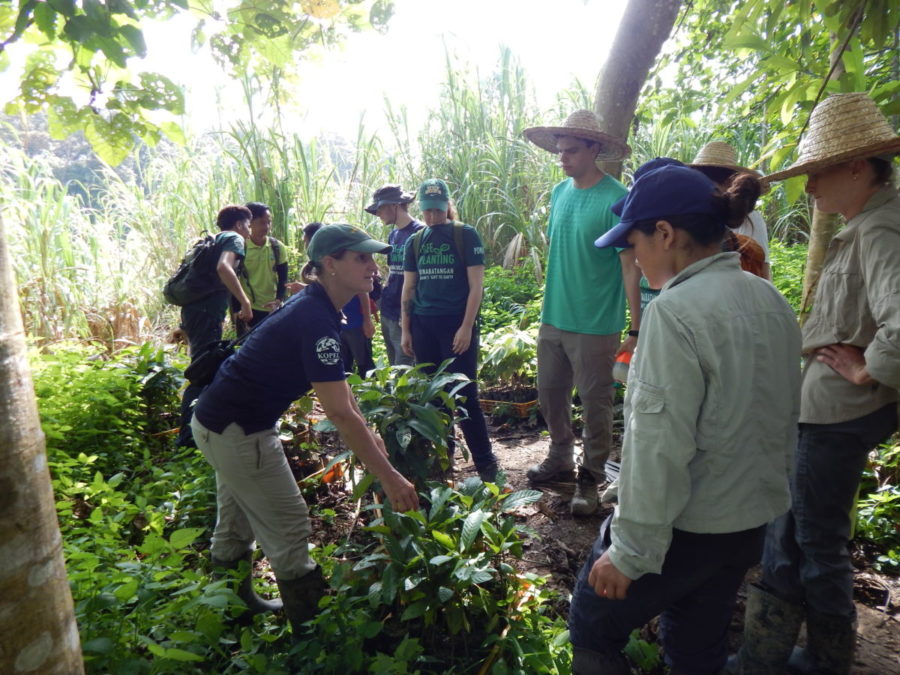
After the tutorial, we all grabbed shovels and got to planting! Collectively our class planted 180 trees with a variety of species including Bongkol (Nauclea orientalis), Bayur (Pterospermum javanicum), and Binuang (Octomeles sumatrana).
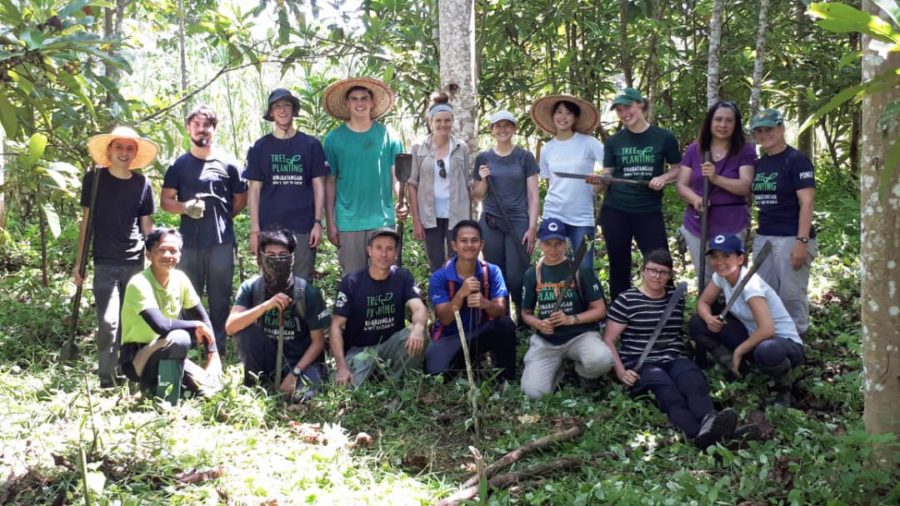
Being a part of KOPEL’s tree nursery and planting efforts was an educational and inspirational experience for our class! You can see how passionate the KOPEL staff are about the environment and working to restore the rainforest for all of the plants and animals impacted by deforestation.
I hope to return someday to continue working with KOPEL on their restoration projects and see how much our planted tree seedlings have grown!
~ Jessica Droege

